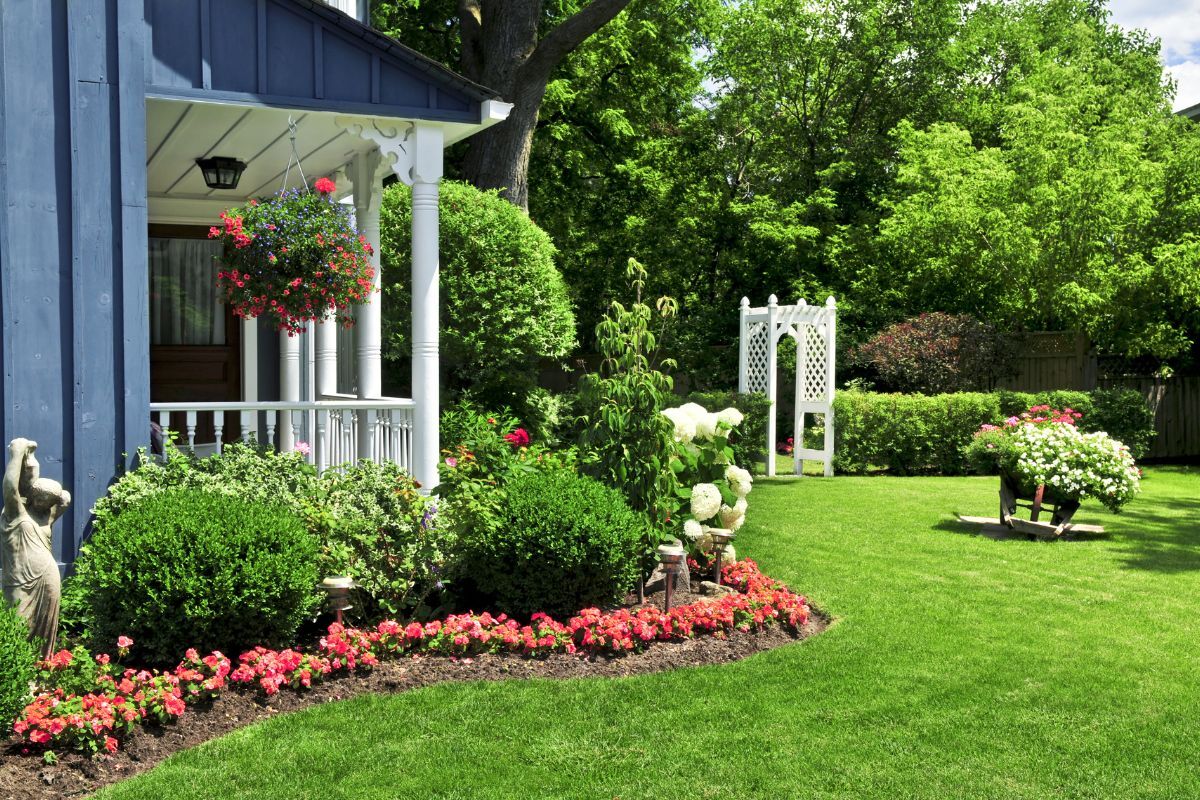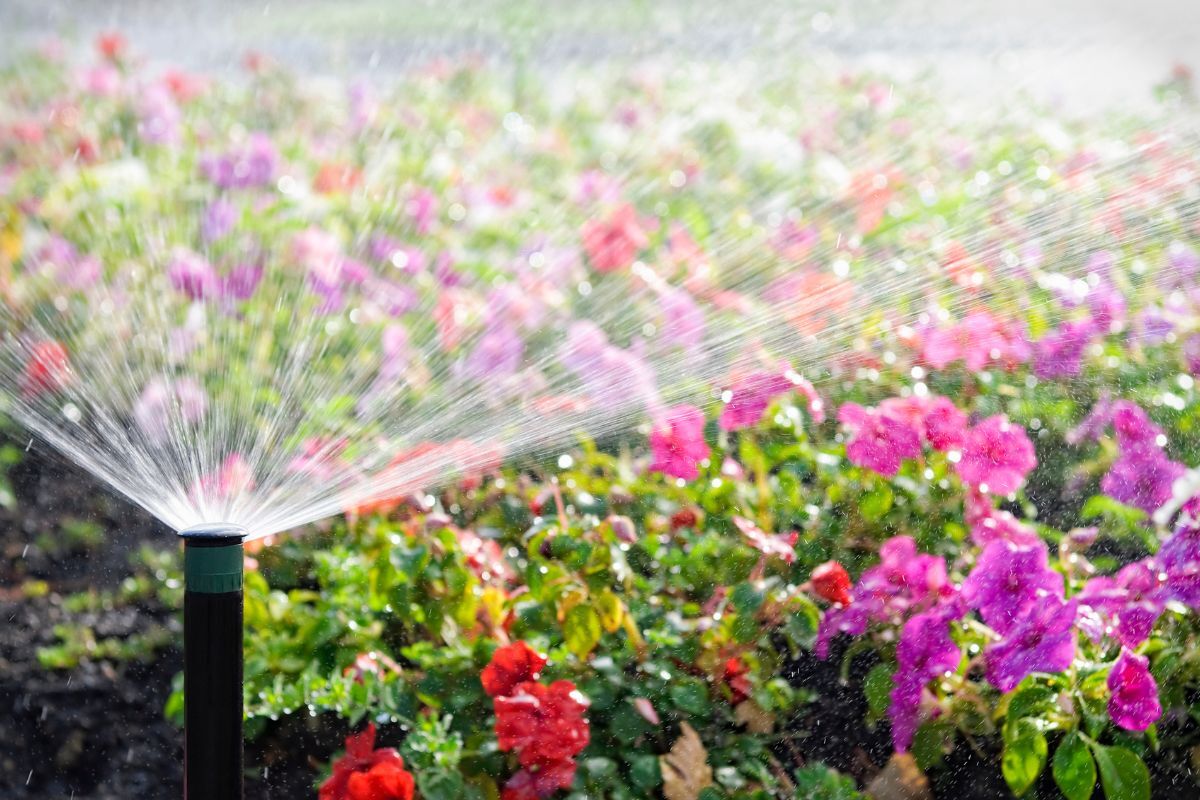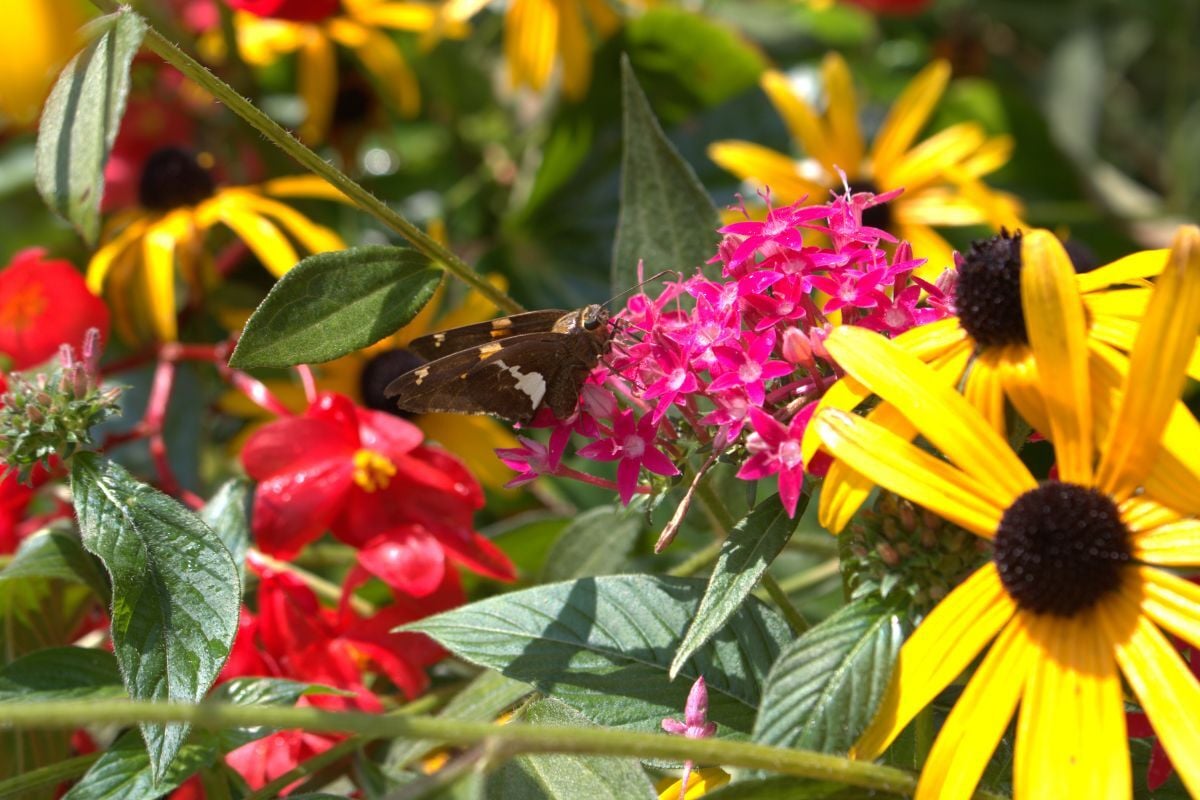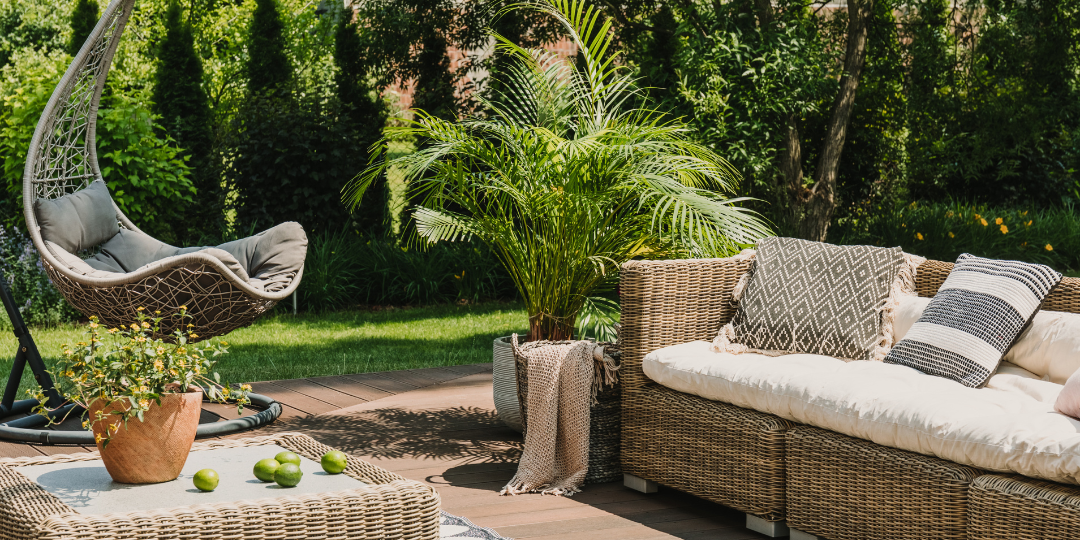
7 Best Practices for a Low Maintenance Garden
A low maintenance garden is the dream for many homeowners — a space that looks beautiful without demanding hours of upkeep. These seven best practices will help you design a garden that thrives with minimal effort and maximum enjoyment.
Start with a Clear Garden Design

Every successful low maintenance garden begins with smart design. Focus on creating a layout that uses space efficiently, reduces the need for constant upkeep, and encourages natural growth patterns.
- Prioritise open areas with mulch or gravel
- Incorporate raised beds to manage plant growth easily
- Minimise intricate borders that require frequent trimming
Choose Drought Tolerant Plants
Selecting the right plants makes all the difference. Opt for hardy, drought tolerant species that flourish in the British climate with little watering.
- Lavender
- Sedum
- Echinacea
- Rosemary
Simplify Your Lawn
Lawns can be high maintenance if not properly planned. Consider reducing lawn size or replacing traditional grass with low care alternatives like clover or artificial turf. Alternatively, swap sections for paved areas or decorative gravel.
If you are considering bigger changes to your outdoor space or property, you might find our guide on Planning a House Extension in South West London helpful before you start.
Mulch for Weed Control
Applying mulch around plants is one of the easiest ways to suppress weeds and retain moisture. Organic options like bark chips or compost provide nutrients as they break down, keeping your plants healthy and your maintenance time minimal.
Install an Efficient Watering System

Hand watering can be time consuming and inconsistent. Installing an automatic drip irrigation system ensures plants get the right amount of water without waste. A simple timer can keep your garden healthy even when you are away.
Focus on Perennials
Perennials return year after year, saving you the effort of replanting each season. Choose varieties suited to your soil and sunlight conditions to ensure consistent growth and minimal intervention.
- Hostas
- Daylilies
- Heucheras

Keep a Simple Maintenance Routine
A well thought out maintenance schedule prevents tasks from piling up. Spend a few minutes each week checking for weeds, pruning plants, and adjusting mulch as needed. Small, regular efforts are more effective than occasional large gardening days.
FAQ Section
What is the best ground cover for a low maintenance garden?
Ground covers like creeping thyme, sedum, and clover provide natural weed suppression and require minimal care, making them excellent choices for a low maintenance garden.
How do I plan a drought tolerant garden in the UK?
Focus on native plants and Mediterranean species like lavender and rosemary, and group plants with similar water needs together for efficient watering.
Can I have a beautiful garden without constant upkeep?
Absolutely. Strategic plant selection, smart design, and minimal routine care can create a stunning garden that remains low maintenance throughout the year.
Is artificial grass a good option for low maintenance?
Artificial grass eliminates mowing and watering needs, but it can get hot in summer and may require occasional cleaning to maintain its appearance.
How often should I mulch my garden?
Mulching once a year is usually sufficient. Apply a thick layer in spring or autumn to retain moisture, suppress weeds, and enrich the soil.
Conclusion
A low maintenance garden does not mean sacrificing beauty or enjoyment. It means creating a space that works with nature, not against it. If you believe that the best gardens are the ones that thrive effortlessly, you are already thinking the right way.
For more inspiration and practical tips, explore our guide on Low Maintenance Garden Ideas.


